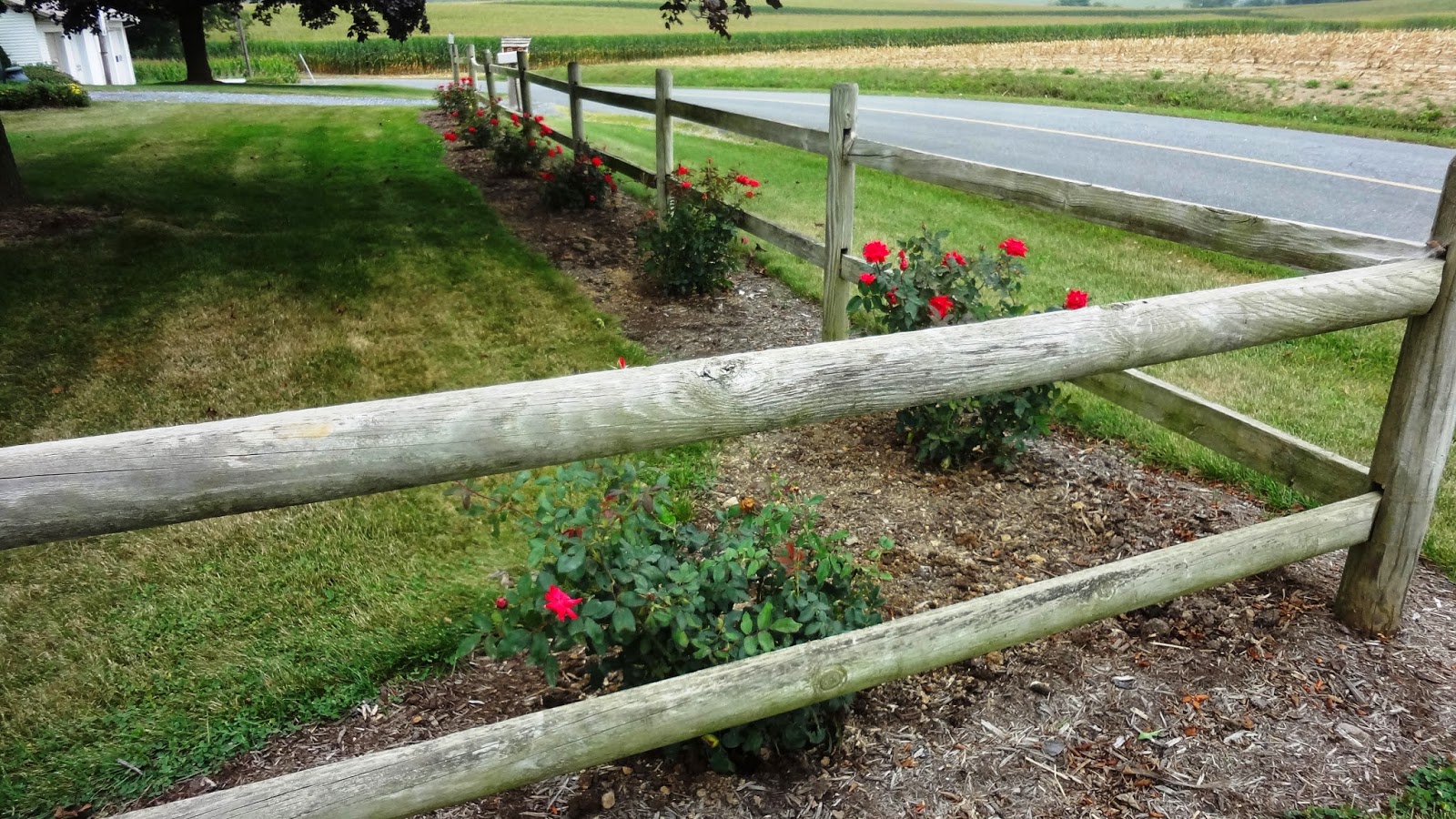The wheels of research grind very slowly. About 18 months ago I stumbled upon something in a deed that rang some bells. I kept digging and slowly the story emerged. With the facts in hand to support the story, the next step was to write something for publication to share the information.
Again, that process moved slowly but at last it was finished and accepted by the Pennsylvania Mennonite Heritage magazine for publication in the July issue. A problem with one of the other articles delayed the release of the July issue until the first of September but it is finally in circulation. This morning I got a thank you from a reader for the article which sets the story straight on the conflicting and confusing information he had in his database. That's all the reward I need!
The title of the article is Two Henry Goods Entangled in Brecknock Township. Nearly every family tree you will find in books and on the Internet say that Henry Good (1741-1816) was the son of Christian Good of Bowmansville. Christian DID have a son Henry who was close to the same age but he is not the Henry who died in 1816 and is buried at Pine Grove Mennonite Cemetery in Bowmansville. That Henry was the son of Peter Good (ca. 1690-1754) and his fourth wife, Fronica (Hiestand) Good. A deed and Orphans Court records show she was the widow of John Taylor (immigrated as Hans Schneider--which means tailor in German) and had five Taylor children. Peter and Fronica's son Henry was a half-brother of Christian and therefore an uncle of Christian's son Henry.
Before Peter wrote his will in 1753, he transferred the title of his 70-acre property in Rapho Township to his 11-year old son Henry. Henry sold the property in 1766 and two years later bought a farm in Brecknock Township where his three older half-siblings (Anna, Jacob, and Christian) lived. Because both Henrys lived in Brecknock Township, it is understandable why they became confused. This map shows they lived about 1.5 miles apart. Christian's son bought some of his father's land where the town of Bowmansville now stands. Peter's son lived a bit south of Christian's son with the Black Creek as the southern border of his land. This creek marks the boundary between Brecknock and East Earl Townships.

The documents prove these were two different men with different wives. Christian's son Henry was married to (1) Christina (2) Maria Weber. Peter's son Henry was married to Walbina. Her unusual name was the key to unlocking the mystery and untangling the two Henrys. After intense efforts, I was finally able to see the very worn gravestone beside Henry's in the Pine Grove cemetery is for Walbina. There are matching foot stones marked HG and WG.
If Christian's son Henry had children, no record of them has been found. His death date and burial place are also unknown. He appears in the Brecknock Township tax records until 1787 and then disappears. He either died that year or moved from the township. The children attributed to him in family trees are the children of Peter's son Henry, as he named them in his will. In his will, he also referred to his wife by her proper name of Wallindine and nickname of Walbina.
Here is the corrected family tree as it appears in the Two Henrys article.
GC PETER GUT, ca. 1690, Germany;
inv. Dec. 16, 1754; w.p. Dec. 23, 1754, Lancaster
County, Pa.;
immigrated on Molly, Sept. 30, 1727
m.(1)
___________
GC1
Anna Good
m. Hans/John
Musselman
GC2 Jacob Good
m. Susanna Scherer
GC3 Christian Good, ca.
1715-Aug. 13, 1757; warranted land on June 15, 1738, in Brecknock Township; Mennonite minister and miller;
17 ch.
m. Magdalena
(widow in 1757)
GC32
Henry Good, b. ca. 1735
m.(1) Christina _______
m.(2) Oct. 24, 1783, Maria Weber, daughter of
Christian Weber
bu. unknown; no known children
GC Peter Gut
m.(2)
________
GC5 Barbara Good
GC Peter Gut
m.(3)
________
GC6
Susanna Good
GC7 Peter Good
GC Peter Gut
m.(4)
ca. 1740, Fronica Hiestand, b. ca. 1700
GC8 Henry Good, Dec. 27,
1741-Mar. 4, 1816
m. Wallindine/Walbina _____, Jan.
1749-Sept. 1821; bu. Pine Grove Mennonite Cem.
GC8.1 Peter Good, Sept. 21,
1764-Dec. 25, 1849 (formerly GC321)
m. Elizabeth Showalter, Aug. 28,
1769-Apr. 23, 1858; bu. Weaverland Mennonite Cem.
GC8.2 Barbara Good, Sept. 10,
1766-Mar. 8, 1832 (formerly GC323)
m. George Hoffman, Sept. 9,
1772-July 22, 1825; bu. Zimmerman/Lichty Cem.
GC8.3 Elizabeth Good, Aug.
23, 1768-Dec. 26, 1834 (formerly GC322)
m. Christian Hoffman, Oct. 15,
1769-Oct. 28, 1821; bu. Zimmerman/Lichty Cem.
GC8.4 Joseph Good, Feb. 16,
1777-Dec. 31, 1857 (formerly GC324)
m. Catherina ______, Mar. 30,
1775-Sept. 30, 1842; bu. Pine Grove Mennonite Cem.
GC8.5 Henry Good, July 20,
1779-Jan. 25, 1862 (formerly GC325)
m. Elizabeth Hoffman, Mar. 8,
1786-Feb. 19, 1870; bu. Zimmerman/Lichty Cem.








